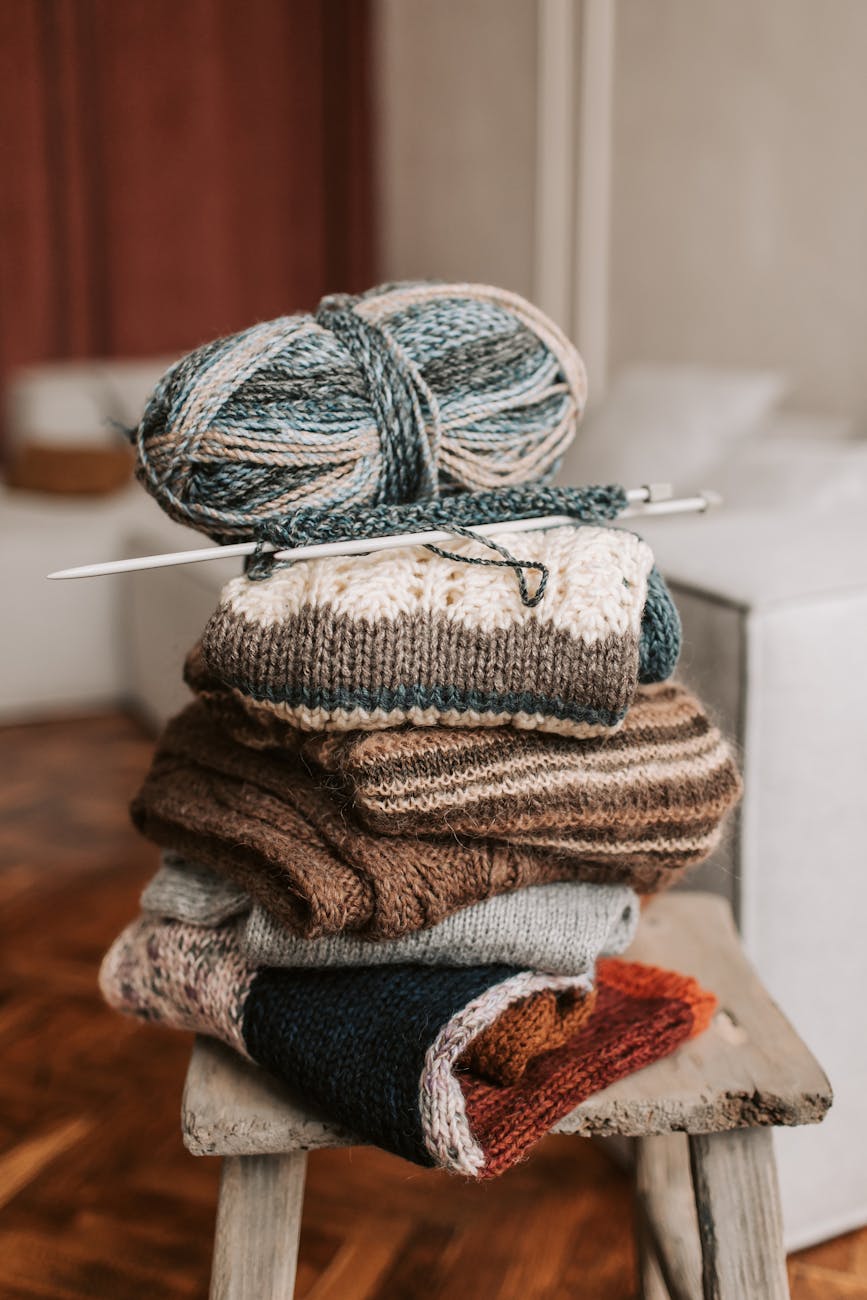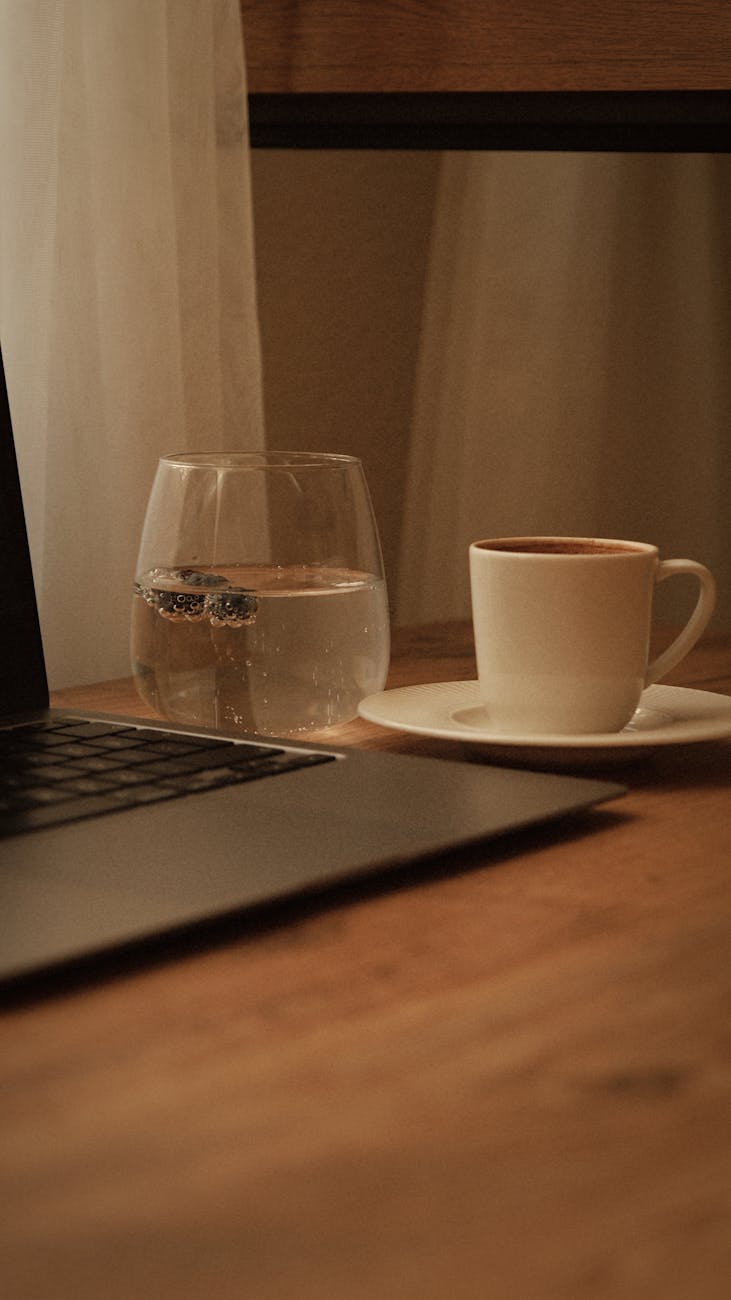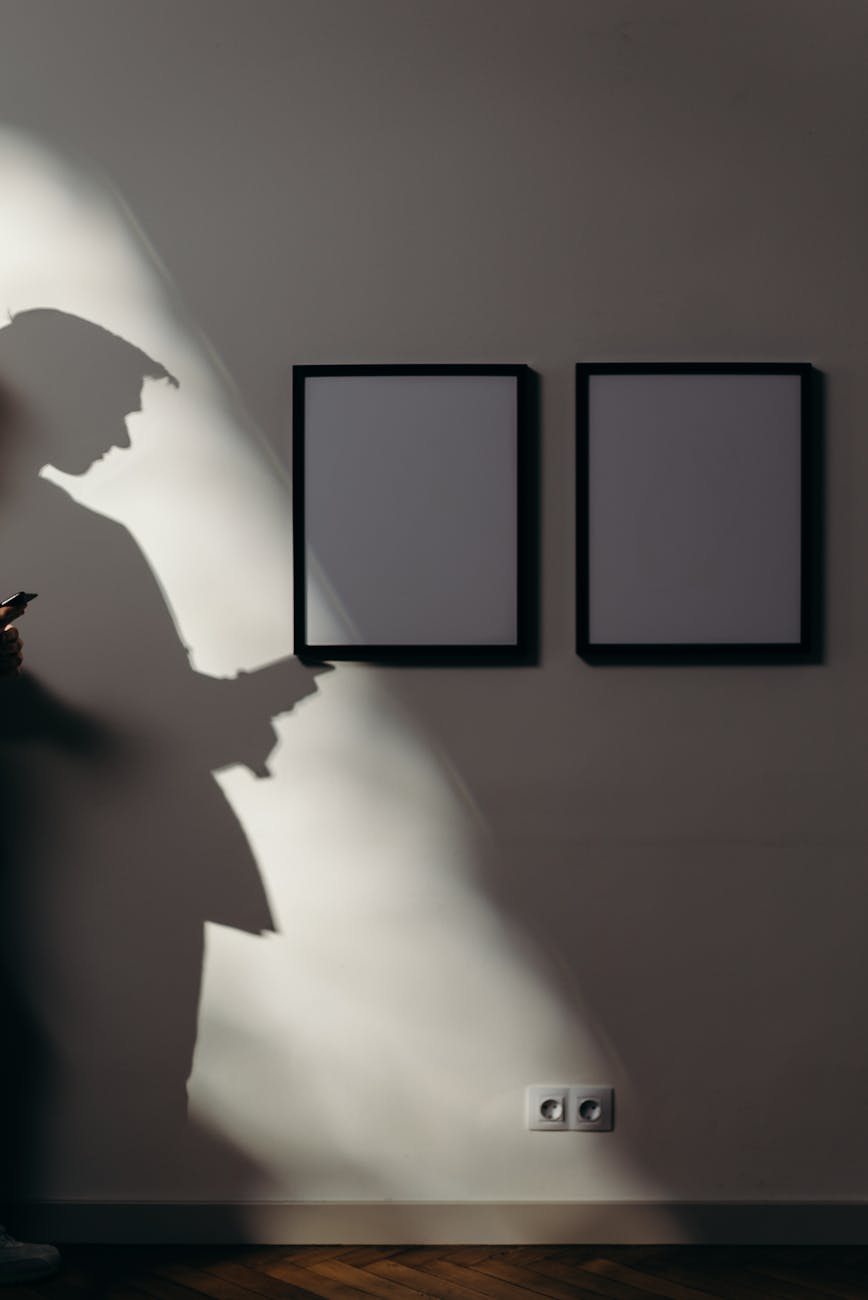
Introduction
Turning free time into meaningful, creative activity doesn’t require a studio, expensive classes, or special talent. With an intentional approach you can transform evenings and weekends into satisfying projects that improve skills, refresh your living space, and even generate income. This article walks through how to choose projects that fit your interests and schedule, prepare a practical workspace at home, pick specific hands-on activities across crafts, upcycling, DIY and digital creation, and sustain momentum so your hobby becomes a lasting habit. Each section builds on the previous one so you move from idea to action to outcome without feeling overwhelmed. Use these strategies to make your free time feel productive, restorative, and enjoyable.
Find your project and set goals
Start by matching what energizes you with what you realistically have time for. Ask three questions: What do I enjoy doing? How much time can I commit weekly? Do I want a finished product, new skills, or social connection? Rank possible projects by interest and feasibility. For example, if you enjoy color and pattern but have only a few hours a week, acrylic painting on small canvases or textile dying are good fits.
- Set SMART goals: specific outcome, measurable milestones, attainable steps, relevant benefits, timebound target.
- Plan micro-sessions: 30 to 90 minute blocks work best for busy schedules and help build habit.
- Prioritize one starter project to avoid spreading attention too thin; you can rotate later.
Choosing with intention reduces waste and makes progress visible, which is motivating.
Create an efficient at-home workspace
A flexible workspace is key. It does not have to be large, but it should be organized, safe, and inviting. Designate zones for tools, materials, wet work, and finished pieces. Good lighting and a comfortable chair make longer sessions possible. Protect surfaces with inexpensive coverings and keep cleaning supplies nearby to reduce friction when starting or finishing a session.
- Invest in multi-purpose storage: clear bins, stackable drawers, and pegboards save time searching for tools.
- Use portable trays or carts so a project can be paused and stored compactly.
- Keep a kit of essentials for each project type (paint set, sewing kit, camera or software shortcuts) to speed setup.
Thoughtful setup reduces setup time and lowers the activation energy to begin creating.
Hands-on project ideas and practical steps
This chapter groups projects by outcome and gives quick guidance so you can start within a single session. The selections balance low cost, clear learning curves, and high satisfaction.
- Crafts and small art — greeting cards, resin jewelry, watercolor studies. Start: pick a simple technique, watch one tutorial, make five practice pieces, iterate.
- Upcycling and home refresh — repainting thrifted furniture, reupholstering chair seats, making plant holders. Start: choose one item, list materials, do a test patch.
- DIY practical projects — shelving, picture frames, basic woodworking. Start: measure, sketch, cut list of materials, allow extra time for sanding and finishing.
- Digital creation — photo editing, digital illustration, short-form video. Start: pick one app, recreate a tutorial, save templates for future use.
Below is a quick comparison to help pick based on time, cost, and skill.
| Project type | Typical session | Starter cost | Learning curve | Quick benefit |
|---|---|---|---|---|
| Small crafts (cards, jewelry) | 30–90 minutes | Low ($10–$40) | Easy | Fast satisfaction, giftable |
| Upcycling furniture | 2–6 hours | Low–Medium ($20–$100) | Medium | Home refresh, sustainability |
| DIY home projects | 2–8 hours | Medium ($30–$200) | Medium–Hard | Functional improvement |
| Digital creation | 30–120 minutes | Low–Medium (software or subscription) | Easy–Medium | Shareable, scalable |
Keep momentum, document, and share
Turning occasional projects into a rewarding habit relies on routine, feedback, and visible progress. Create a simple cadence: plan sessions weekly, do short reviews after each session, and set monthly milestones. Documentation is powerful — photograph steps and outcomes, keep a short log of materials and lessons, and build a portfolio of favorites.
- Accountability: join a local maker group or an online forum to stay motivated and get feedback.
- Share selectively: posting progress on social media or a personal blog attracts encouragement and potential customers.
- Monetization: start small — sell one-off pieces on a marketplace or offer a workshop; track costs and time so you price fairly.
Continuous improvement comes from trying, reflecting, and adjusting; small wins compound into larger accomplishments.
Conclusion
At-home creative projects are a practical way to use free time for enjoyment, skill-building, and tangible results. Start by selecting a project that aligns with your interests and schedule, set measurable goals, and create a compact, efficient workspace that reduces friction. Choose projects that match your desired outcome — craft, upcycle, DIY, or digital — and follow concise starting steps so you can complete an initial result quickly. Maintain momentum by documenting progress, joining a community, and considering small-scale sharing or sales. With clear planning and incremental practice, your free hours can become a continuous source of satisfaction, personal growth, and possibly extra income.
Image by: Vlada Karpovich
https://www.pexels.com/@vlada-karpovich



